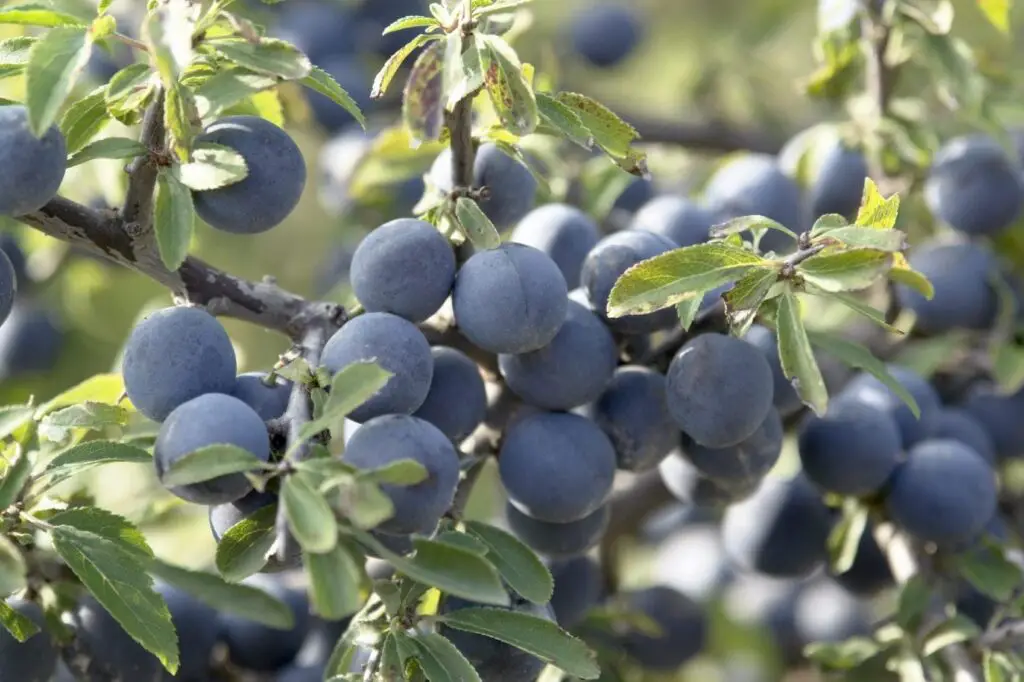Introduction
In the quest for a landscape that marries beauty with functionality, the Blackthorn tree (Prunus spinosa) stands out as a unique and versatile choice. Often overlooked in favor of more traditional ornamental trees, the Blackthorn offers a range of benefits that can elevate any garden or landscape design. This hardy tree, with its striking appearance and practical advantages, can transform your outdoor space into a dynamic and enchanting environment. In this article, we will explore the key features of the Blackthorn tree, its practical uses, and how it can be effectively integrated into various landscape designs.
The Unique Attributes of the Blackthorn Tree
The Blackthorn tree is known for its distinctive appearance and adaptability. Its most notable feature is its dense, spiny branches which give it a rugged and somewhat wild look. In early spring, the Blackthorn bursts into bloom with delicate white flowers that contrast beautifully with its dark branches, creating a dramatic visual effect. These flowers are followed by small, round fruits known as sloes, which ripen to a deep blue-black color by autumn.
1. Seasonal Interest
One of the most appealing aspects of the Blackthorn tree is its year-round interest. During the spring, its white blossoms add a touch of elegance and freshness to the landscape. In summer, the foliage provides a lush, green canopy, while in autumn, the sloes offer a splash of color. Even in winter, the tree’s silhouette is striking against the frosty backdrop, and its dark branches can create a stark, dramatic contrast.
2. Wildlife Attraction
The Blackthorn tree is highly beneficial for local wildlife. Its blossoms attract a range of pollinators, including bees and butterflies, which are crucial for a healthy garden ecosystem. The sloes are a valuable food source for birds such as thrushes and blackbirds. Additionally, the dense thorns offer shelter and protection for small animals, making it an excellent choice for creating a wildlife-friendly garden.
3. Functional Uses
Beyond its aesthetic appeal, the Blackthorn tree has several practical applications. Its dense, thorny branches make it an effective natural hedge, providing privacy and security. The tree is also well-suited for erosion control due to its strong root system, which helps stabilize soil on slopes and embankments. Moreover, the sloes produced by the Blackthorn can be harvested to make jams, jellies, and even alcoholic beverages like sloe gin.
Integrating the Blackthorn Tree into Your Landscape Design
Incorporating the Blackthorn tree into your landscape design can enhance both its beauty and functionality. Here are some ideas on how to effectively use this tree in various settings:
1. As a Hedging Plant
The Blackthorn’s dense growth and thorny branches make it an ideal choice for creating a robust hedge. Whether you’re looking to establish a boundary, create a windbreak, or add a layer of privacy, a Blackthorn hedge can offer both practical and aesthetic benefits. Planting Blackthorn in a staggered row can create a thick, impenetrable barrier that not only defines your space but also adds a touch of natural elegance.
2. In a Wildlife Garden
If you’re aiming to create a garden that supports local wildlife, the Blackthorn tree should be a central feature. Planting it as part of a mixed hedge or woodland area can provide crucial resources for birds, insects, and small mammals. Combine it with other native plants to create a diverse habitat that encourages a rich variety of wildlife.
3. In a Naturalistic Landscape
For those who prefer a more naturalistic or wild garden aesthetic, the Blackthorn tree can be a standout feature. Its untamed appearance fits well in informal garden settings, where it can be allowed to grow freely and create a natural look. Pair it with other native shrubs and plants to enhance the sense of a natural environment.
4. As a Specimen Tree
In larger gardens or landscapes, the Blackthorn can be use as a specimen tree to create a focal point. Its dramatic spring blossoms and striking winter silhouette make it a visually interesting addition. Plant it where it can be appreciate from multiple vantage points, and consider pairing it with complementary plants that highlight its seasonal changes.
Conclusion
The Blackthorn tree, with its distinctive appearance, seasonal interest, and practical benefits, is a valuable addition to any landscape design. Whether used as a hedge, in a wildlife garden, as part of a naturalistic setting, or as a specimen tree. It offers a range of features that can enhance both the beauty and functionality of your outdoor space. By integrating the Blackthorn into your landscape, you not only create a visually appealing environment. But also contribute to the health and diversity of your local ecosystem. Embrace the unique charm of the Blackthorn and let it enrich your garden with its timeless allure.


